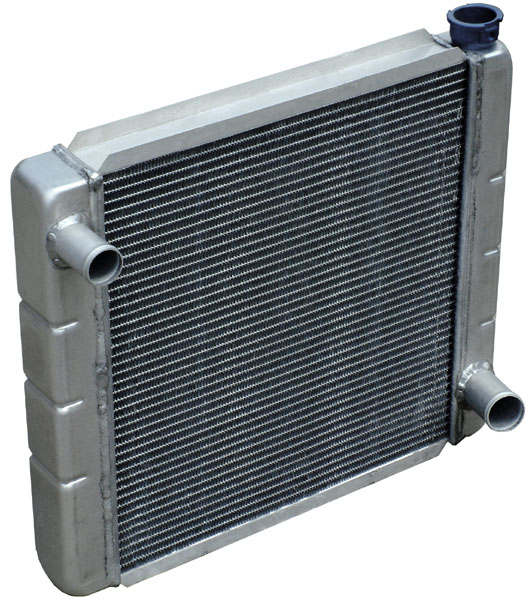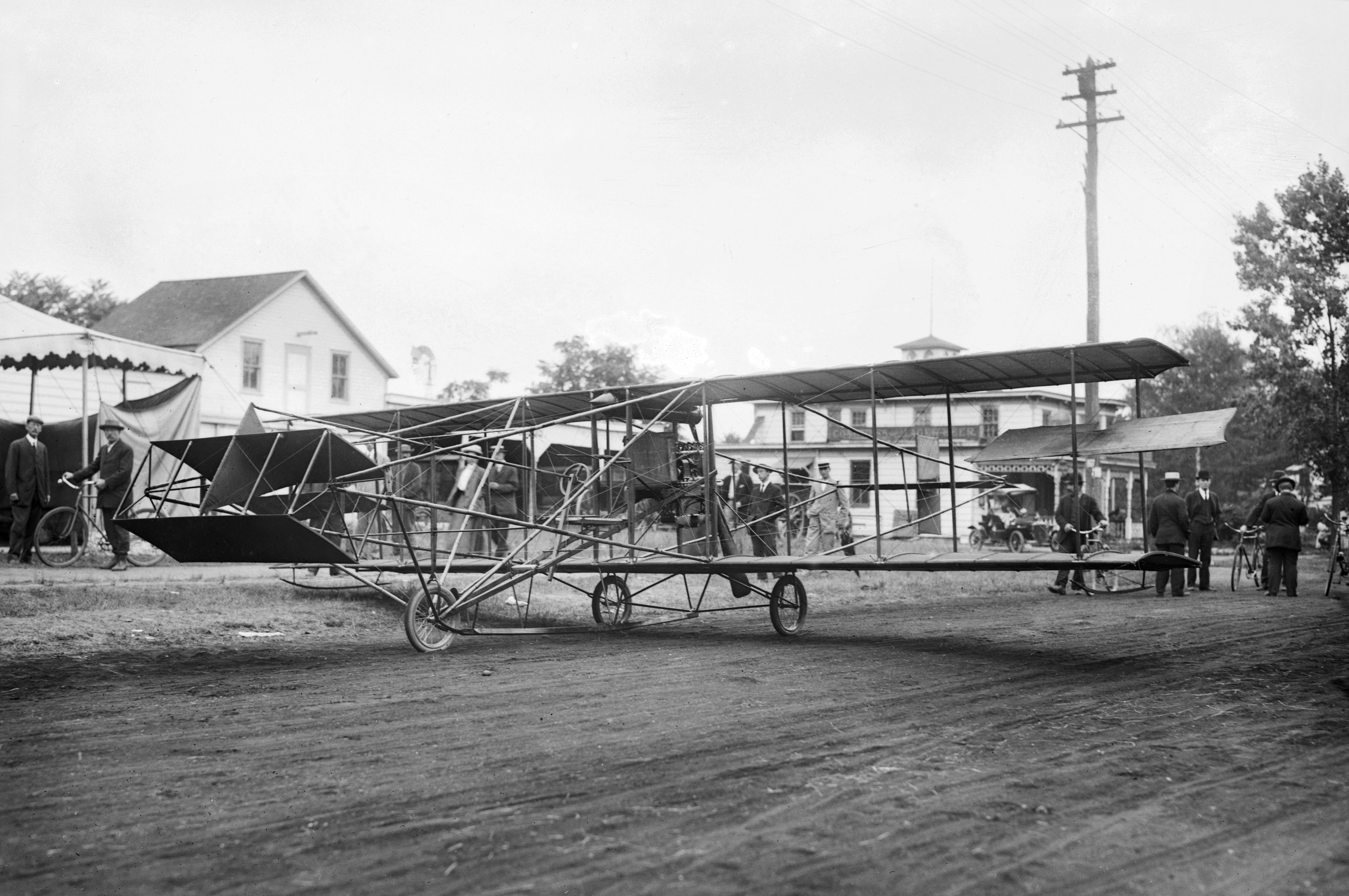|
Curtiss P-60
The Curtiss P-60 was a 1940s American single-engine single-seat, low-wing monoplane fighter aircraft developed by the Curtiss-Wright company as a successor to its Curtiss P-40, P-40. It went through a lengthy series of prototype versions, eventually evolving into a design that bore little resemblance to the P-40. None of these versions reached production. Design and development Following rejection of the XP-46, Curtiss put forward its Model 88 in proposals to the United States Army Air Corps. The proposal was for an aircraft using the P-40D fuselage and tail assembly with a low drag NACA laminar flow wing, the (at the time under development) Continental XI-1430, Continental I-1430-3 inverted V-12 engine, and eight wing-mounted 0.5 in (12.7 mm) machine guns. This proposal was accepted and a contract for two prototypes was issued on 1 October 1940 with the aircraft designated XP-53. Within two months the Army Air Corps contacted Curtiss for an aircraft with a laminar win ... [...More Info...] [...Related Items...] OR: [Wikipedia] [Google] [Baidu] |
Pratt & Whitney R-2800
The Pratt & Whitney R-2800 Double Wasp is an American twin-row, 18-cylinder, air-cooled radial aircraft engine with a engine displacement, displacement of , and is part of the long-lived Pratt & Whitney Wasp series, Wasp family of engines. The R-2800 saw widespread use in many important American aircraft during and after World War II. During the war years, Pratt & Whitney continued to develop new ideas to upgrade the engine, including water injection (engines), water injection for takeoff in cargo and passenger planes and to give emergency power in combat. Design and development First run in 1937, near the time that the larger competing 18-cylinder Wright R-3350 Duplex-Cyclone, Wright Duplex-Cyclone's development had been started in May of that year, the displacement R-2800 was first flown by 1940, one year before the Duplex-Cyclone. The Double Wasp was more powerful than the world's only other modern 18-cylinder engine, the Gnome-Rhône 18L of . The Double Wasp was mu ... [...More Info...] [...Related Items...] OR: [Wikipedia] [Google] [Baidu] |
Radiator (engine Cooling)
Radiators are heat exchangers used for cooling internal combustion engines, mainly in automobiles but also in piston-engined aircraft, railway locomotives, motorcycles, stationary generating plants or any similar use of such an engine. Internal combustion engines are often cooled by circulating a liquid called '' engine coolant'' through the engine block and cylinder head where it is heated, then through a radiator where it loses heat to the atmosphere, and then returned to the engine. Engine coolant is usually water-based, but may also be oil. It is common to employ a water pump to force the engine coolant to circulate, and also for an axial fan to force air through the radiator. Automobiles and motorcycles In automobiles and motorcycles with a liquid-cooled internal combustion engine, a radiator is connected to channels running through the engine and cylinder head, through which a liquid ( coolant) is pumped by a coolant pump. This liquid may be water (in climates ... [...More Info...] [...Related Items...] OR: [Wikipedia] [Google] [Baidu] |
Curtiss YP-60E 061024-F-1234P-019
The Curtiss Aeroplane and Motor Company (1909–1929) was an American aircraft manufacturer originally founded by Glenn Hammond Curtiss and Augustus Moore Herring in Hammondsport, New York. After significant commercial success in its first decades, it merged with the Wright Aeronautical to form Curtiss-Wright Corporation. History Origin In 1907, Glenn Curtiss was recruited by the scientist Dr. Alexander Graham Bell as a founding member of Bell's Aerial Experiment Association (AEA), with the intent of establishing an aeronautical research and development organization. According to Bell, it was a "co-operative scientific association, not for gain but for the love of the art and doing what we can to help one another."Milberry 1979, p 13. In 1909, shortly before the AEA was disbanded, Curtiss partnered with Augustus Moore Herring to form the Herring-Curtiss Company.Gunston 1993, p. 87. It was renamed the Curtiss Aeroplane Company in 1910 and reorganized in 1912 after being ... [...More Info...] [...Related Items...] OR: [Wikipedia] [Google] [Baidu] |
Eglin Field
Eglin may refer to: * Eglin (surname) * Eglin Air Force Base Eglin Air Force Base is a United States Air Force (USAF) base in the western Florida panhandle, located about southwest of Valparaiso, Florida, Valparaiso in Okaloosa County, Florida, Okaloosa County. The host unit at Eglin is the 96th Test ..., a United States Air Force base located southwest of Valparaiso, Florida * Federal Prison Camp, Eglin, a Federal Bureau of Prisons minimum security prison on the grounds of Eglin Air Force Base * Eglin steel, a high-strength, high-performance, low-alloy, low-cost steel See also * Elgin (other) {{disambig ... [...More Info...] [...Related Items...] OR: [Wikipedia] [Google] [Baidu] |
Patterson Field
Wright-Patterson Air Force Base (WPAFB) is a United States Air Force base and census-designated place just east of Dayton, Ohio, in Greene and Montgomery counties. It includes both Wright and Patterson Fields, which were originally Wilbur Wright Field and Fairfield Aviation General Supply Depot. Patterson Field is approximately northeast of Dayton; Wright Field is approximately northeast of Dayton. The host unit at Wright-Patterson AFB is the 88th Air Base Wing (88 ABW), assigned to the Air Force Life Cycle Management Center and Air Force Materiel Command. The 88 ABW operates the airfield, maintains all infrastructure and provides security, communications, medical, legal, personnel, contracting, finance, transportation, air traffic control, weather forecasting, public affairs, recreation and chaplain services for more than 60 associate units. The Air Force's National Air and Space Intelligence Center (NASIC) and the Space Force's National Space Intelligence Center (NSIC) ... [...More Info...] [...Related Items...] OR: [Wikipedia] [Google] [Baidu] |
Propeller (aircraft)
In aeronautics, an aircraft propeller, also called an airscrew,Beaumont, R.A.; ''Aeronautical Engineering'', Odhams, 1942, Chapter 13, "Airscrews". converts rotary motion from an engine or other power source into a swirling slipstream which pushes the propeller forwards or backwards. It comprises a rotating power-driven hub, to which are attached several radial airfoil-section blades such that the whole assembly rotates about a longitudinal axis. The blade pitch may be fixed, manually variable to a few set positions, or of the automatically variable "constant-speed" type. The propeller attaches to the power source's driveshaft either directly or through reduction gearing. Propellers can be made from wood, metal or composite materials. Propellers are most suitable for use at subsonic airspeeds generally below about , although supersonic speeds were achieved in the McDonnell XF-88B experimental propeller-equipped aircraft. Supersonic tip-speeds are used in some aircraft like the ... [...More Info...] [...Related Items...] OR: [Wikipedia] [Google] [Baidu] |
Curtiss XP-60D 061024-F-1234P-015
The Curtiss Aeroplane and Motor Company (1909–1929) was an American aircraft manufacturer originally founded by Glenn Hammond Curtiss and Augustus Moore Herring in Hammondsport, New York. After significant commercial success in its first decades, it merged with the Wright Aeronautical to form Curtiss-Wright Corporation. History Origin In 1907, Glenn Curtiss was recruited by the scientist Dr. Alexander Graham Bell as a founding member of Bell's Aerial Experiment Association (AEA), with the intent of establishing an aeronautical research and development organization. According to Bell, it was a "co-operative scientific association, not for gain but for the love of the art and doing what we can to help one another."Milberry 1979, p 13. In 1909, shortly before the AEA was disbanded, Curtiss partnered with Augustus Moore Herring to form the Herring-Curtiss Company.Gunston 1993, p. 87. It was renamed the Curtiss Aeroplane Company in 1910 and reorganized in 1912 after being ... [...More Info...] [...Related Items...] OR: [Wikipedia] [Google] [Baidu] |
Curtiss XP-60B In Flight 061024-F-1234P-013
The Curtiss Aeroplane and Motor Company (1909–1929) was an American aircraft manufacturer originally founded by Glenn Hammond Curtiss and Augustus Moore Herring in Hammondsport, New York. After significant commercial success in its first decades, it merged with the Wright Aeronautical to form Curtiss-Wright Corporation. History Origin In 1907, Glenn Curtiss was recruited by the scientist Dr. Alexander Graham Bell as a founding member of Bell's Aerial Experiment Association (AEA), with the intent of establishing an aeronautical research and development organization. According to Bell, it was a "co-operative scientific association, not for gain but for the love of the art and doing what we can to help one another."Milberry 1979, p 13. In 1909, shortly before the AEA was disbanded, Curtiss partnered with Augustus Moore Herring to form the Herring-Curtiss Company.Gunston 1993, p. 87. It was renamed the Curtiss Aeroplane Company in 1910 and reorganized in 1912 after being ... [...More Info...] [...Related Items...] OR: [Wikipedia] [Google] [Baidu] |
V16 Engine
A V16 engine is a sixteen-cylinder Internal combustion engine#Reciprocating engines, piston engine where two banks of eight cylinders are arranged in a V engine, V configuration around a common crankshaft. V16 engines are less common than engines with fewer cylinders, such as V8 and V12 engines. Each bank of a V16 engine can be thought of as a straight-eight engine, straight-eight, a design that can be inherently engine balance, balanced. Most V16 engines have a 45° bank angle. The first use of a V16 engine was in the 1910 Antoinette VII experimental aircraft, followed by several cars in the 1930s. Today, the most common applications for V16 engines are railroad locomotives, marine craft, and stationary power generators. Automotive applications Production cars The first production car to use a V16 engine was the Cadillac V-16, introduced in January 1930. The Cadillac V16 engine was initially produced with a displacement of , overhead valve engine, OHV and a V-angle of 45 ... [...More Info...] [...Related Items...] OR: [Wikipedia] [Google] [Baidu] |
Chrysler IV-2220
The Chrysler XIV-2220 (XI-2220 from 1944) was an experimental 2,500 hp, 2,220 cubic inch (36.4 liter) liquid-cooled inverted- V-16 World War II aircraft engine. Although several aircraft designs had considered using it, by the time it was ready for use in 1945 the war was already over. Only a few engines were built by Chrysler during a program that started in 1940, and it retained its 'X' designation the entire time as the XIV-2220, later XI-2220. The IV-2220 is historically important as it was Chrysler's first hemi, a design that would re-appear in 1950s Chrysler performance automobiles, make drag racing headlines in the 1960s, and continue into the 2000s. Design and development Original design Chrysler had apparently been carrying out paper studies of a very large engine for a brief period starting in May 1940, and decided to present their work to the United States Army Air Corps. They proposed a large engine to provide 2,500 hp initially, with room for upward gr ... [...More Info...] [...Related Items...] OR: [Wikipedia] [Google] [Baidu] |





